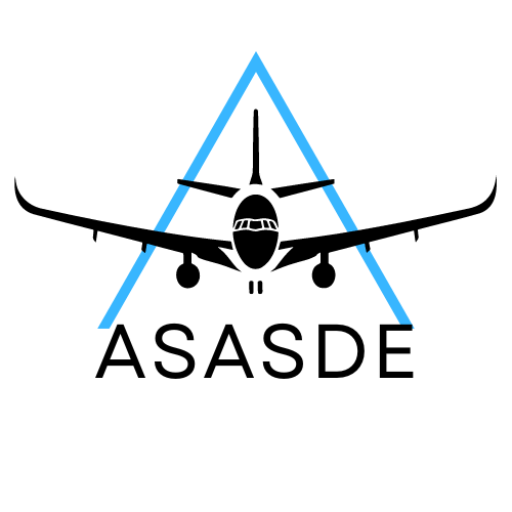Pilots who want to convert from high-performance engine singles to multiengine aircraft have a variety of options that improve safety and performance.
While many personal pilots looking for a raise in energy will prefer propeller singles to engine twins, having a second engine’s redundancy under certain circumstances also means a lot to cross-country travelers.
The pressurized, turbocharged version for selling these maximizes the performance potential of the aircraft by enabling it to take advantage of faster cruising speeds and more favorable winds when traveling at higher levels. Pilots who travel frequently with passengers, particularly family members, are also aware of the advantages of a compressed house.
This 1973 Cessna Skymaster has 2, 500 days on the airplane, 800 time on the front motor since reform, and 12 hours on the rear motor since reform. The plane is equipped with Continental TSIO-360 vehicles. The top shaft has 800 time, and the back shaft has 12 hours.
The screen features two King KX 155 Nav/Comms, King sound board, telephone, sensor and HSI, S-Tec 60 pilot, Garmin GPS, and JPI 760 engine monitor.
Pilots who are interested in the advantages of twin-engine aircraft for long-distance travel, including the ability to continue flying if one engine fails, should consider this 1973 Cessna P337G Skymaster, which is available for$ 120, 000 on AircraftForSale.
If you’re interested in funding, you can do so with FLYING Finance. Use their monthly payment calculator to determine your expected monthly repayments. Or, to speak with an aircraft finance specialist, visit flyingfinance .com.

